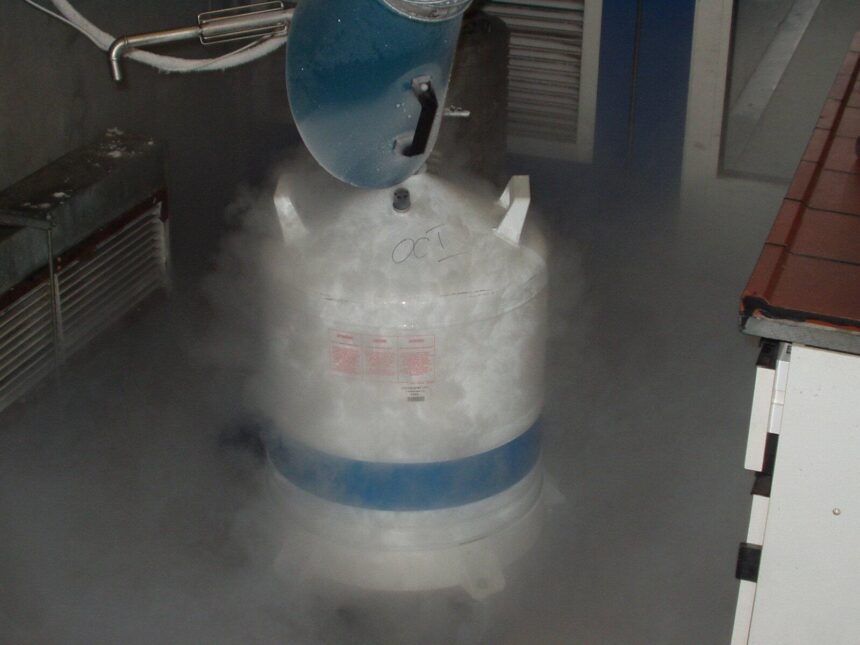Ever wonder why nitrogen rings are so important in chemistry? Nitrogen heterocycles are found in many drugs, dyes, and natural compounds.
They play a big role in science and medicine. Learning how they work can help you understand key chemical reactions.
Ready to explore the basics of these powerful structures? Keep reading to discover the simple side of nitrogen heterocycles.
Intro to Nitrogen Rings
Nitrogen rings are chemical structures that contain nitrogen atoms in a ring shape. These rings are also called nitrogen heterocycles.
They are found in many natural and man-made compounds. Some examples include vitamins, drugs, and even DNA bases.
The nitrogen atom changes how the ring behaves in reactions. It can make the ring more reactive or stable. These rings can be five or six atoms long, or even more. They may contain one nitrogen atom or several.
Scientists study these rings to create new medicines and materials.
Types of Heterocycles
There are many kinds of nitrogen heterocycles. Some have five atoms in the ring, like pyrrole. Others have six atoms, like pyridine.
Some rings have one nitrogen atom, while others have two or more. When rings have both nitrogen and other atoms, they are still called heterocycles.
These rings can be aromatic or non-aromatic. Aromatic rings are more stable and common in drugs. Non-aromatic rings are less stable but still useful.
Each type has different chemical behavior. Knowing the types helps scientists choose the right one for their needs.
Structure and Stability
The shape of the ring affects how it behaves. Rings with six atoms are usually more stable than smaller ones.
Nitrogen adds extra electrons, which can change the ring’s properties. Aromatic rings have a special structure that makes them very stable.
In these rings, electrons move around freely. This movement helps protect the ring from breaking apart. Non-aromatic rings do not have this feature and are less stable.
The position of the nitrogen also matters. It can make the ring more reactive or more resistant to change. Understanding the structure helps chemists predict how the ring will react.
Real-World Uses
Nitrogen heterocycles come in different ring sizes and shapes. The number of atoms in the ring affects how stable it is.
Six-membered rings are often more stable than five-membered ones. The presence of nitrogen can either add stability or make the ring more reactive.
Aromatic rings, like pyridine, are very stable due to electron sharing. Non-aromatic rings do not have this stability. The placement of nitrogen in the ring also changes how it reacts.
If nitrogen has a lone pair of electrons, it can affect bonding. Double bonds in the ring can also impact stability.
Important Reactions
Nitrogen-containing heterocycles are involved in many key reactions. One common reaction is electrophilic substitution, often used with aromatic rings.
Nucleophilic substitution also happens, especially in rings with electron-poor areas. These reactions help chemists create new compounds.
Oxidation reactions can change the ring by adding oxygen atoms. Reduction does the opposite by removing oxygen or adding hydrogen. Some nitrogen-containing heterocycles can take part in ring-opening reactions.
Others may form larger rings through ring-expansion processes. The type of reaction depends on the ring size and nitrogen position.
Learn More About Nitrogen Heterocycles
Nitrogen heterocycles are important in many areas of chemistry. They are found in medicines, natural products, and useful materials.
Their structure and reactions make them special. Learning how they work helps us create new compounds. These rings will continue to play a big role in science.
Looking for more tips and ideas? We’ve got you covered. Check out some of our other posts now.














